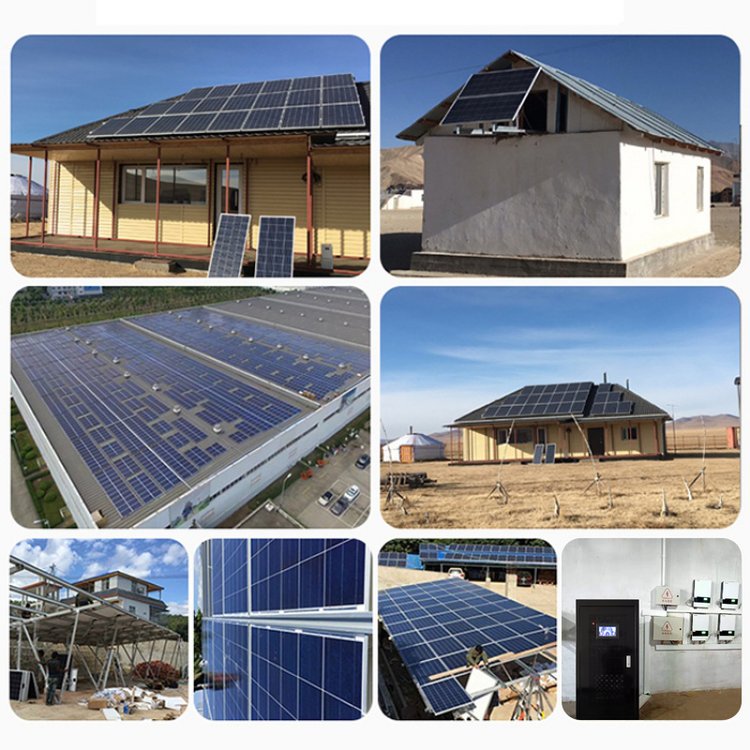
Energy storage systems play a pivotal role in modern energy management. They enable the efficient use of renewable energy sources, improve grid reliability, and offer flexibility for energy consumers. With the growing interest in sustainable energy solutions, understanding the switching time between grid-tied and off-grid configurations has become essential. This article delves into the dynamics of energy storage, focusing on the factors influencing the transition between these two operational modes.
Grid-tied systems allow users to connect directly to the electricity grid, providing the ability to import or export electricity as needed. These systems typically utilize energy storage devices like batteries to manage energy supply and demand. During peak production times, excess energy can be stored for later use, while during lower production times, energy can be drawn from the grid. This seamless integration fosters economic efficiency and sustainability, but the transition time between grid-connected and off-grid modes is a critical aspect that users must understand.
Off-grid systems operate independently from the central grid, relying solely on local energy resources. These systems can draw power from renewable sources such as solar, wind, or hydro in conjunction with energy storage. They are particularly advantageous in remote locations where grid access is limited or during emergencies when grid failures occur. However, switching to off-grid mode requires careful planning and can involve delays, particularly when ensuring optimal energy availability and maintaining system balance.
The time it takes to switch between grid-tied and off-grid systems can be influenced by several factors. These include the capacity and type of energy storage technology, the complexity of the control systems, and the demand for energy at any given moment. Additionally, the age and condition of the equipment, as well as environmental conditions like temperature and solar irradiance, can impact switching time. As technology advances, innovations such as smart inverters and automated control systems are promising to reduce this switching time significantly.
As the global energy landscape evolves, the importance of efficient energy storage and seamless switching between operational modes cannot be overstated. Continuous advancements in battery technology, data analytics, and grid management systems are creating opportunities for reduced switching times. As more households and businesses adopt energy storage solutions, the ability to switch quickly and efficiently between grid-tied and off-grid configurations will become increasingly crucial for maximizing energy independence and sustainability.
Understanding the nuances of energy storage switching time is essential for optimizing energy use, both in urban and rural developments. As technological advancements continue to shape the energy landscape, users must stay informed and adapt to these changes. By exploring the intricacies of grid-tied and off-grid systems, individuals and organizations can better navigate their energy choices, ultimately leading to a more resilient and sustainable energy future.
Next:Exploring Off-Grid Energy Storage Empowering Sustainable Solutions
Previous:Innovative Off-Grid Energy Storage System Solutions